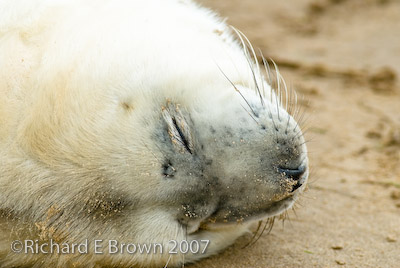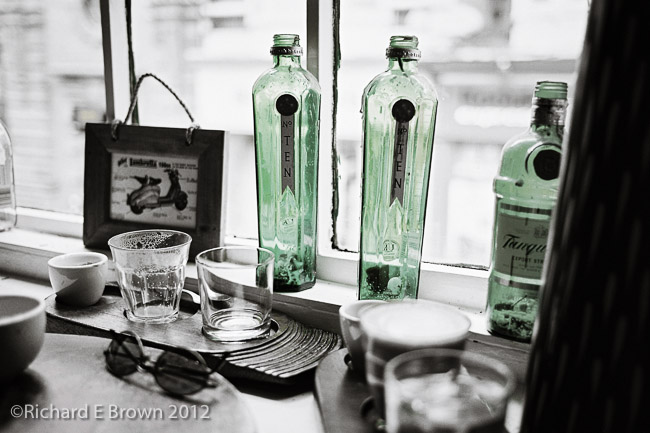 Its always fun testing a new camera. It seems to inspire you. 99.9% of the time we less need a new camera and more often then not need inspiration or training to get better results from what we have.
Its always fun testing a new camera. It seems to inspire you. 99.9% of the time we less need a new camera and more often then not need inspiration or training to get better results from what we have.
Most of us do not get anywhere near the capabilities of our current cameras, buying a new camera is generally an excuse, but sometimes it can help ones photography.
Testing a new camera general involves three things for me. How it feels in the hand, its user controls and ergonomics and of course lastly but often most important image quality.
Now if image quality was all important then we would all be using large format 10 x 8 cameras, capable of shooting about 1 fame every 15 seconds but taking about 20 minutes to set up on a big heavy tripod.
Often the image will not wait that long, so we sacrifice image quality for speed, ease of use and portability. The invention of the 35mm camera back in the thirties by Leica showed that the majority of us were perfectly willing to trade off image quality against portabilty and weight. Then in the sixties the West discovered the Nikon F SLR, and we have never looked back, until now.
How many photographers in the last couple of years have given up carrying a big heavy SLR and now carry a Sony NEX-5, NEX-7 or Panasonic/Olympus micro four-thirds camera.
I am unusual that I have all of the common formats: Small format covered by my tiny Nikon V1, moving up in size to my Leica and my big Nikon Digital SLR’s. All of which can be carried over ones shoulder and wielded without the need of a heavy tripod. Moving up I have my Medium format equipment, my Hasselblad, while it can be used handheld, its much easy to use on a tripod. Finally there is my Large Format camera, my Ebony 4 x 5 camera. Impossible to use handheld, needing a big heavy tripod and slow to use, but the ultimate in image quality.
I take with me the camera best suited to the occasion. If carrying the Medium or Large format camera then I generally have the V1 with me as a light companion.
Still, despite all of these cameras, I have once again bought another. I have been really enjoying my film Leica M4 and getting some great pictures from it.
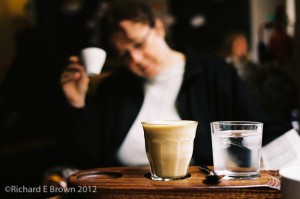
But the cost of 35mm film, developing and scanning means that it does not take long before you could have purchased a high end digital camera.
Yesterday I visited the Lincoln Photography Show, I had no intention of buying a camera unlike last year where I wanted a new compact and came away with my Nikon Series 1 V1 system, but this time was just intending to have a good look around.
It was a good show, I got to try the new Nikon V2, a great improvement but not significant enough to want to replace my V1, and I got to try out lots of the latest new Nikon and Canon telephoto glass; 200-400mm zoom at f/2.8 anyone?
The Sony R1 was also there, it felt great in the hand and it was fitted with the optional EVF which really made it a great usable camera.
The big suprise for me was the second hand stalls, lots of equipment, Large Format, Medium Format and even the odd Leica S2 and M8 on the stall belonging to www.stephenspremier.com. The S2 was stunning; if I ever gave up the day job and became a full time professional photographer unlike the part time photographer I am now, then it would be the camera for me; one of the best, no the best studio camera I have ever used. Though at £15,000 for a second hand body with no lens its hard to justify the cost.
The M8 was a great surprise, in mint condition and a good price. I opened up the box and had a good look, interestingly the shutter dial only went up to 1/4000 second, a standard M8 goes to 1/8000, and the shutter was very quiet, a few questions asked and it came to light that this was an M8 but upgraded to full M8.2 spec with the new M9 shutter, but in many ways better then a M8.2 as it did not have the stupid snapshot mode. This made it a bit of a bargain.
Well I had to have it, and www.stephenspremier.com, were even kind enough to post me out two new IR filters free of charge which arrived today. Great service.
Now I only have the problem of trying out the camera and doing it some justice. With Winter on its way and the low dull light we have, I may have to arrange a studio test shoot to really give it a try, until then I just have these few test shots taken today.
There just quick snapshots really and not really processed well yet, I still have a lot to learn about getting the most out of the files using Adobe Lightroom V4. What ever camera you have light is key and can make or break a picture.
Still I am having a lot of fun getting used to its Feel, Ergonomics and Image Quality.
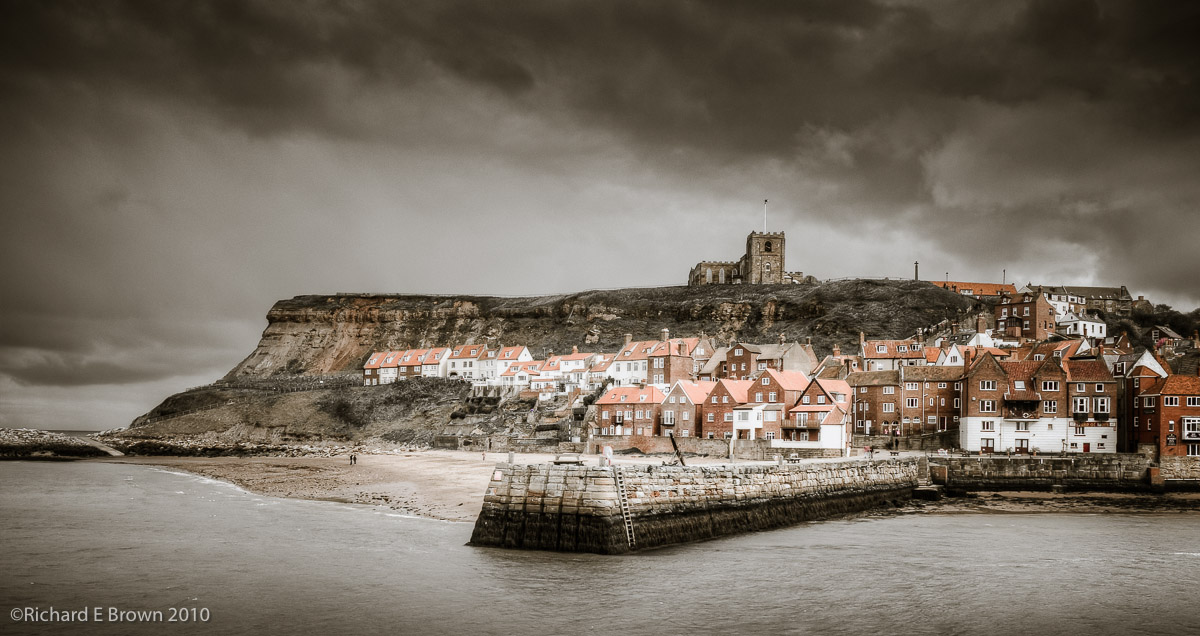
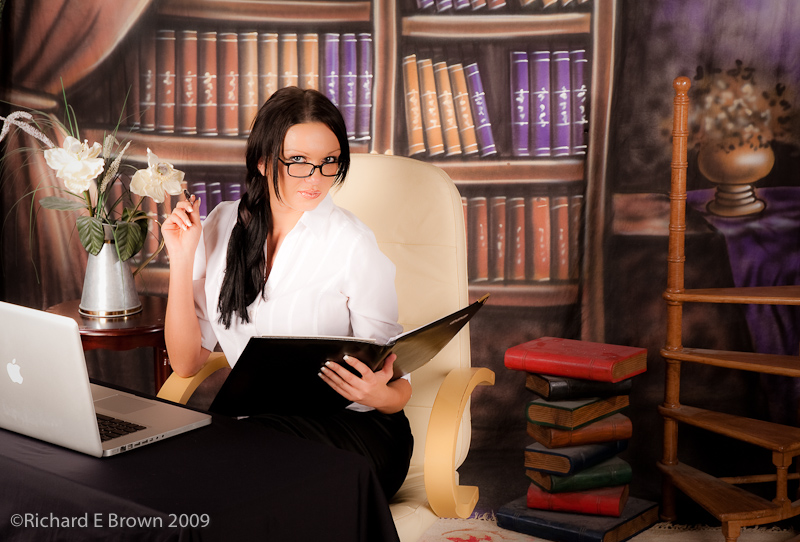
 Its always fun testing a new camera. It seems to inspire you. 99.9% of the time we less need a new camera and more often then not need inspiration or training to get better results from what we have.
Its always fun testing a new camera. It seems to inspire you. 99.9% of the time we less need a new camera and more often then not need inspiration or training to get better results from what we have.
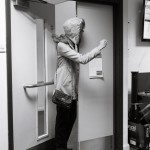
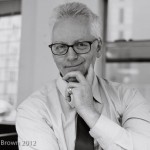

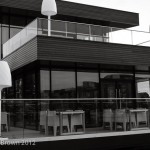
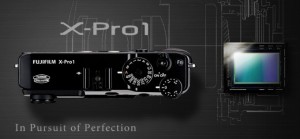 The purpose of the view finder is of course to enable you to compose the image; many feel that the new EVF or electronic viewfinders are the ultimate viewfinder and what we should all be using them and get rid of our big heavy DSLR’s.
The purpose of the view finder is of course to enable you to compose the image; many feel that the new EVF or electronic viewfinders are the ultimate viewfinder and what we should all be using them and get rid of our big heavy DSLR’s.
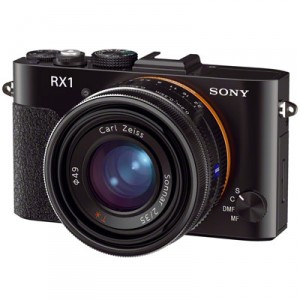
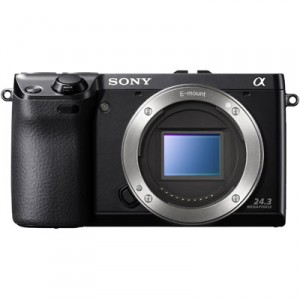


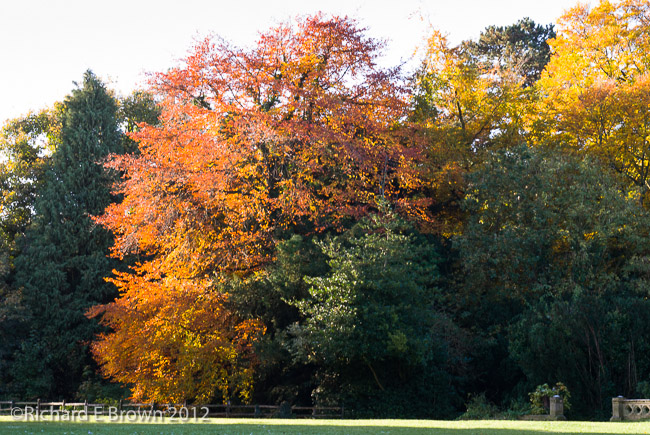
 Wildlife photography is tricky. To get good results does cost money, expensive professional DSLR’s, and pro fast glass costing thousands of pounds. But good knowledge can help you get closer and get good images with cheaper equipment.
Wildlife photography is tricky. To get good results does cost money, expensive professional DSLR’s, and pro fast glass costing thousands of pounds. But good knowledge can help you get closer and get good images with cheaper equipment.